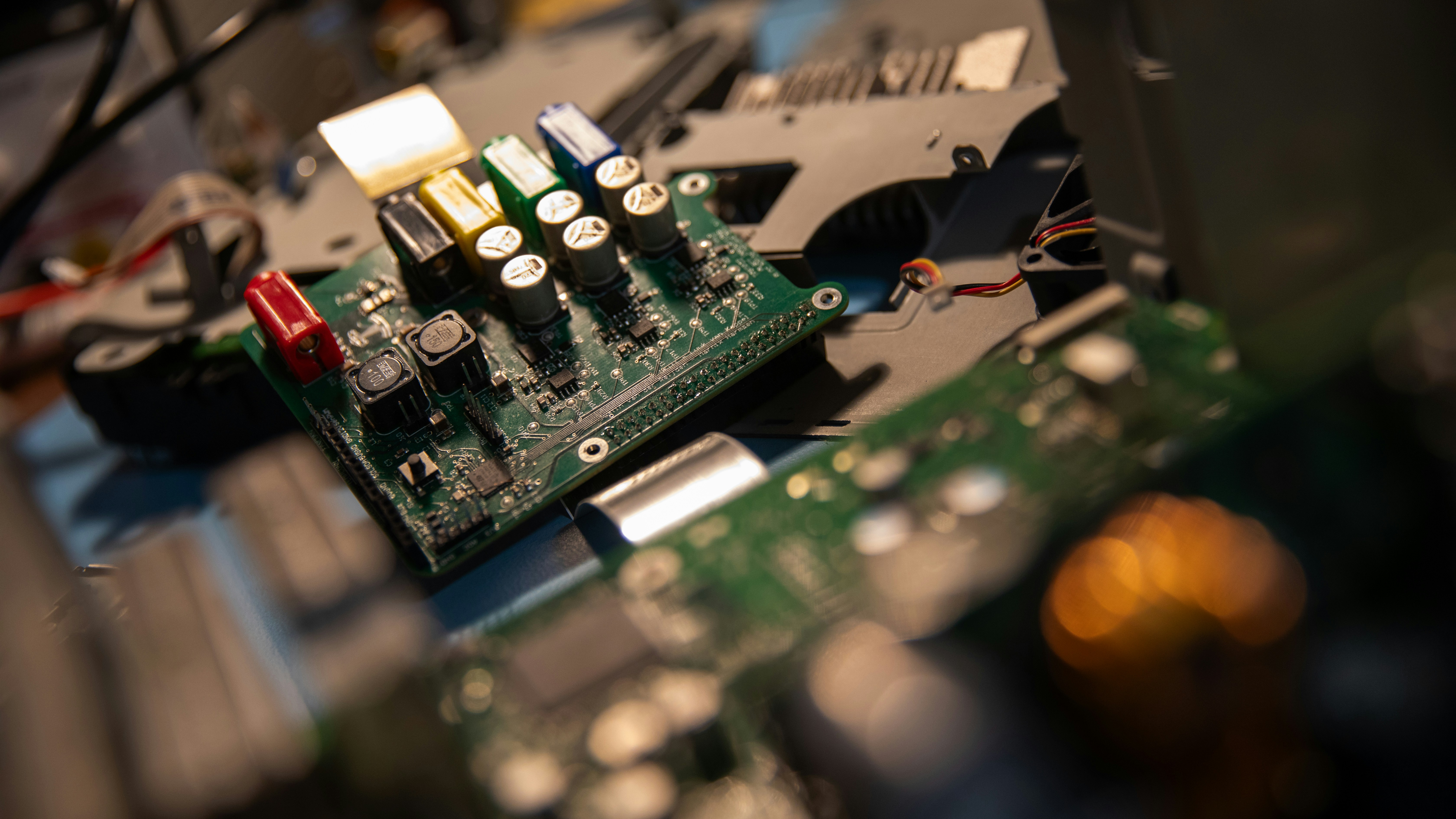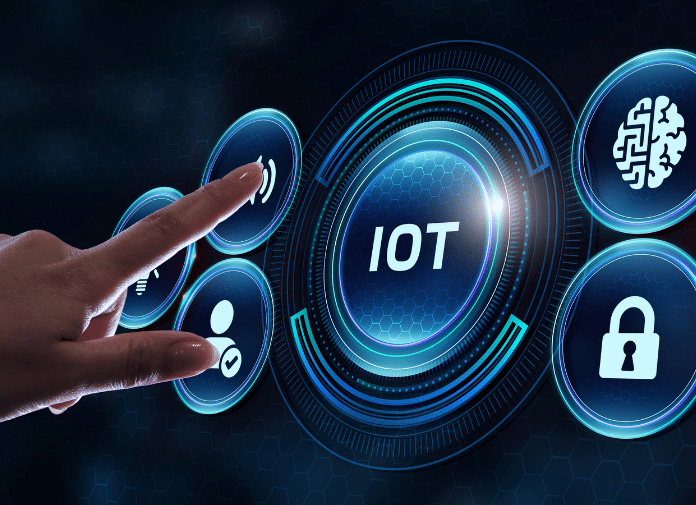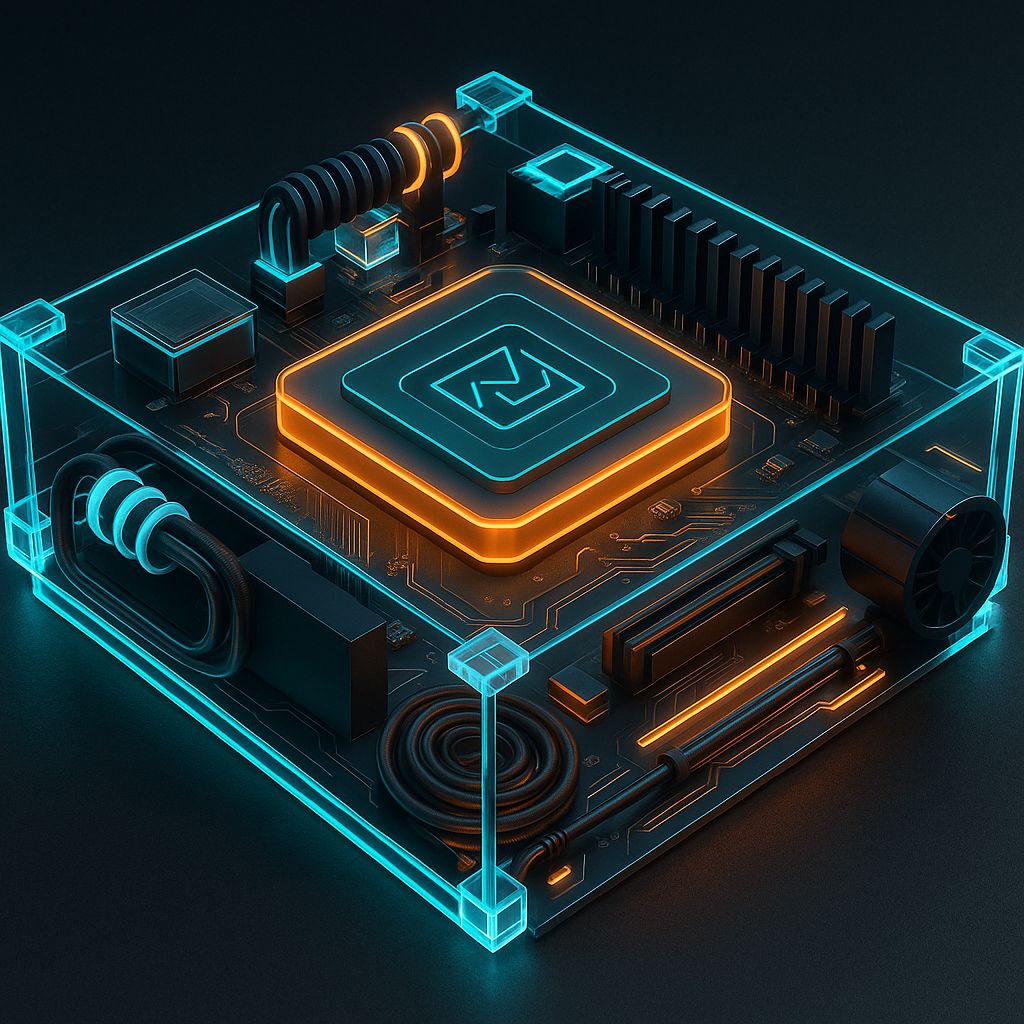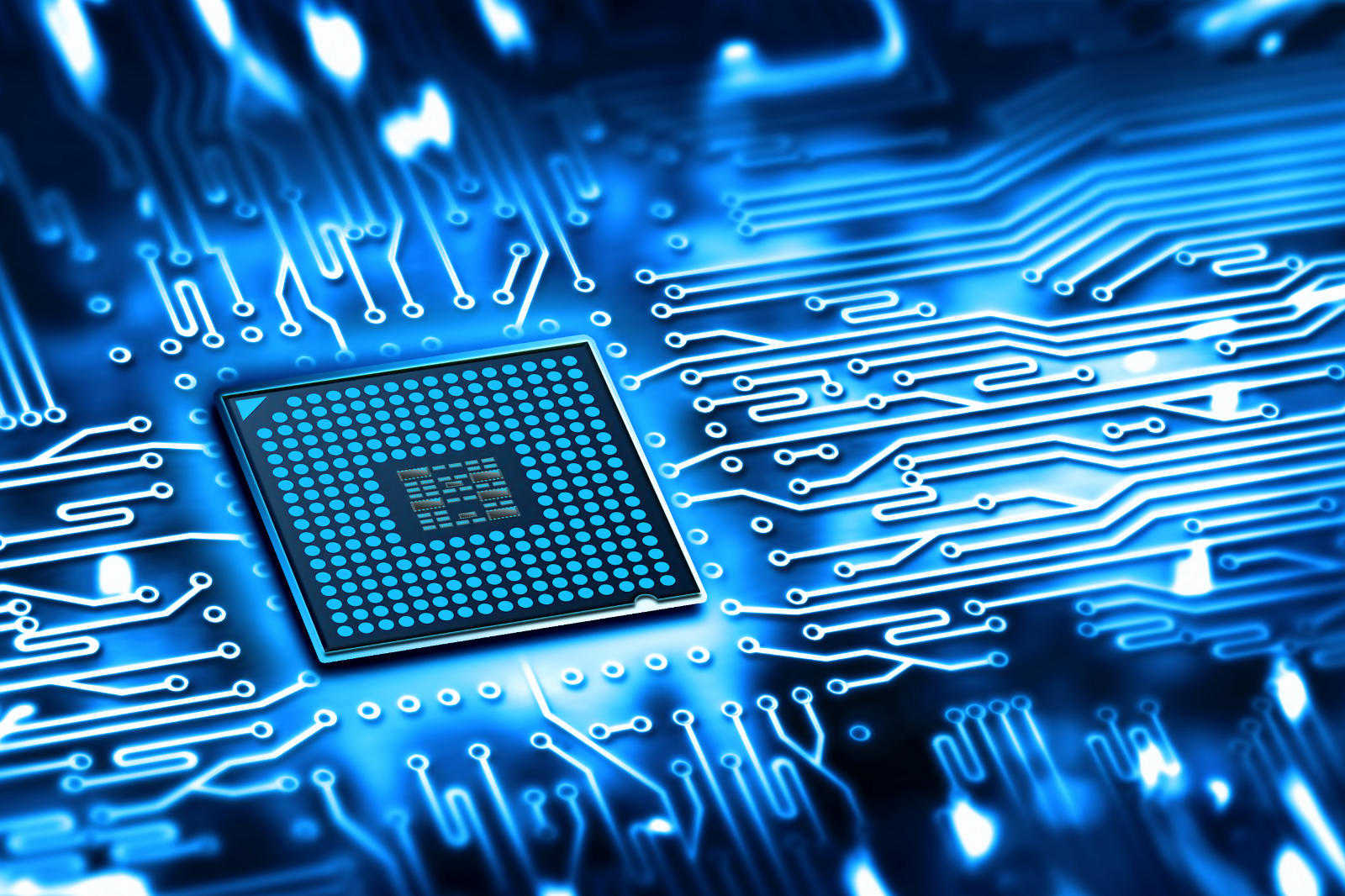Explore an innovative approach to education with our
Electronics Engineering
Electronics Engineering is a dynamic and foundational discipline that underpins much of today’s technological world. From the smartphones in our pockets to the satellites orbiting Earth, electronics engineers design and develop the systems that drive modern life.

Internet of things
Robotics
Embedded system
VLSI

The Internet of Things (IoT) refers to the interconnected network of physical devices embedded with sensors, software, and other technologies that enable them to collect and exchange data over the internet. These devices—ranging from smart home appliances and wearable tech to industrial machinery and connected vehicles—communicate in real time to monitor conditions, automate processes, and enhance decision-making. IoT is transforming industries by enabling smarter cities, efficient supply chains, predictive maintenance, and personalized user experiences. As connectivity and data analytics capabilities continue to advance, IoT stands at the forefront of innovation, driving a more intelligent, automated, and data-driven world.

The Internet of Things (IoT) refers to the interconnected network of physical devices embedded with sensors, software, and other technologies that enable them to collect and exchange data over the internet. These devices—ranging from smart home appliances and wearable tech to industrial machinery and connected vehicles—communicate in real time to monitor conditions, automate processes, and enhance decision-making. IoT is transforming industries by enabling smarter cities, efficient supply chains, predictive maintenance, and personalized user experiences. As connectivity and data analytics capabilities continue to advance, IoT stands at the forefront of innovation, driving a more intelligent, automated, and data-driven world.

Robotics is the field of engineering and computer science that focuses on the design, construction, operation, and application of robots—automated machines capable of performing tasks typically carried out by humans. Combining elements of mechanical engineering, electronics, artificial intelligence, and control systems, robotics enables the development of machines that can sense, process information, and act autonomously or semi-autonomously. From manufacturing and healthcare to space exploration and disaster response, robotics is revolutionizing how work is done by increasing precision, efficiency, and safety. As technology evolves, robotics continues to push the boundaries of automation, playing a pivotal role in shaping the future of industry and society.

Robotics is the field of engineering and computer science that focuses on the design, construction, operation, and application of robots—automated machines capable of performing tasks typically carried out by humans. Combining elements of mechanical engineering, electronics, artificial intelligence, and control systems, robotics enables the development of machines that can sense, process information, and act autonomously or semi-autonomously. From manufacturing and healthcare to space exploration and disaster response, robotics is revolutionizing how work is done by increasing precision, efficiency, and safety. As technology evolves, robotics continues to push the boundaries of automation, playing a pivotal role in shaping the future of industry and society.

An embedded system is a specialized computing system designed to perform dedicated functions or tasks within a larger mechanical or electrical system. Unlike general-purpose computers, embedded systems are optimized for efficiency, reliability, and real-time operation, often with specific hardware and software tailored to their intended use. These systems are found in a wide range of devices, from household appliances like washing machines and microwaves to complex systems in automotive, aerospace, healthcare, and industrial automation. Embedded systems often operate with limited resources, such as memory and processing power, but their ability to seamlessly integrate and control physical processes makes them indispensable in modern technology. As the demand for smarter and more efficient devices grows, embedded systems continue to be at the core of innovation across industries.

An embedded system is a specialized computing system designed to perform dedicated functions or tasks within a larger mechanical or electrical system. Unlike general-purpose computers, embedded systems are optimized for efficiency, reliability, and real-time operation, often with specific hardware and software tailored to their intended use. These systems are found in a wide range of devices, from household appliances like washing machines and microwaves to complex systems in automotive, aerospace, healthcare, and industrial automation. Embedded systems often operate with limited resources, such as memory and processing power, but their ability to seamlessly integrate and control physical processes makes them indispensable in modern technology. As the demand for smarter and more efficient devices grows, embedded systems continue to be at the core of innovation across industries.

VLSI (Very Large Scale Integration) is a technology that allows the integration of thousands, or even millions, of transistors onto a single chip, revolutionizing the design and manufacturing of electronic circuits. VLSI has been pivotal in the development of modern microprocessors, memory devices, and other complex integrated circuits, enabling the miniaturization of electronic systems while enhancing performance and reducing cost. This technology allows engineers to create highly compact, efficient, and powerful devices that power everything from smartphones and computers to automotive systems and medical equipment. As the demand for faster, more energy-efficient, and smaller devices continues to grow, VLSI remains a cornerstone of advancements in electronics and computing, driving innovations in a wide range of industries.

VLSI (Very Large Scale Integration) is a technology that allows the integration of thousands, or even millions, of transistors onto a single chip, revolutionizing the design and manufacturing of electronic circuits. VLSI has been pivotal in the development of modern microprocessors, memory devices, and other complex integrated circuits, enabling the miniaturization of electronic systems while enhancing performance and reducing cost. This technology allows engineers to create highly compact, efficient, and powerful devices that power everything from smartphones and computers to automotive systems and medical equipment. As the demand for faster, more energy-efficient, and smaller devices continues to grow, VLSI remains a cornerstone of advancements in electronics and computing, driving innovations in a wide range of industries.
At Teachnook, we offer students a structure of learning that helps them
Register with us
You will get a call from one of our senior executives.
Provide the required information
Pay the course fee
Kudos! You have access to the course modules.

Frequently Asked Questions (FAQS)
Visit our FAQ section for prompt responses to frequently asked questions. If you are unable to locate the information you need, please feel free to contact us.
Gradmantra is an online learning platform offering a wide range of courses designed to equip students and professionals with industry-relevant skills. We provide structured learning paths, expert-led video lectures, hands-on projects, and certification options.
Our instructors are verified industry experts, university professors, and certified professionals with proven experience in their respective domains. Each instructor undergoes a strict vetting process before being approved to teach.
Most of our courses are self-paced, allowing you to learn at your convenience. Some programs, especially bootcamps or certification paths, may have fixed schedules or live sessions.
Yes, upon successful completion of a course and meeting the assessment requirements, you will receive a verifiable digital certificate from Gradmantra.
Yes. Once enrolled, you have lifetime access to the course content, including updates, unless stated otherwise.
Learners have access to email and chat support, a community discussion forum, and in some courses, live mentor sessions. Our goal is to ensure you're never stuck without help.
Gradmantra collaborates with several academic institutions and industry partners. While we are not a degree-granting institution, our certifications are recognized by various employers and serve as a credible addition to your resume or LinkedIn profile.